Donald Bertucci
VAE Explainer: Supplement Learning Variational Autoencoders with Interactive Visualization
Sep 13, 2024Abstract:Variational Autoencoders are widespread in Machine Learning, but are typically explained with dense math notation or static code examples. This paper presents VAE Explainer, an interactive Variational Autoencoder running in the browser to supplement existing static documentation (e.g., Keras Code Examples). VAE Explainer adds interactions to the VAE summary with interactive model inputs, latent space, and output. VAE Explainer connects the high-level understanding with the implementation: annotated code and a live computational graph. The VAE Explainer interactive visualization is live at https://xnought.github.io/vae-explainer and the code is open source at https://github.com/xnought/vae-explainer.
Beyond Value: CHECKLIST for Testing Inferences in Planning-Based RL
Jun 07, 2022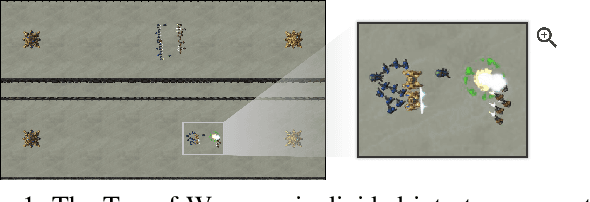
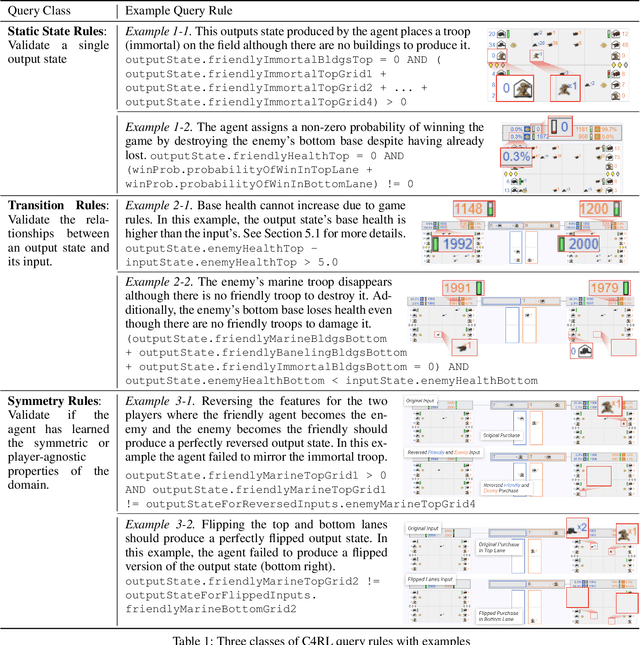
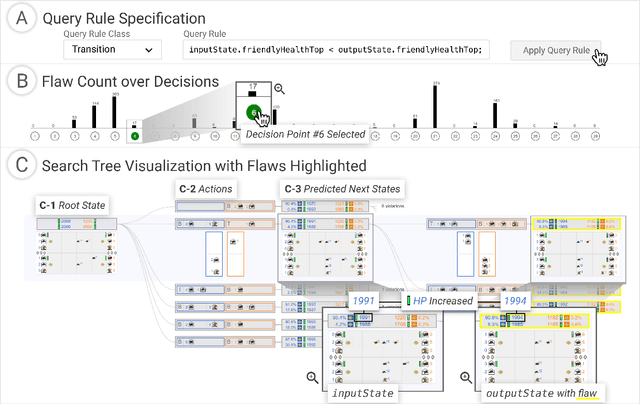
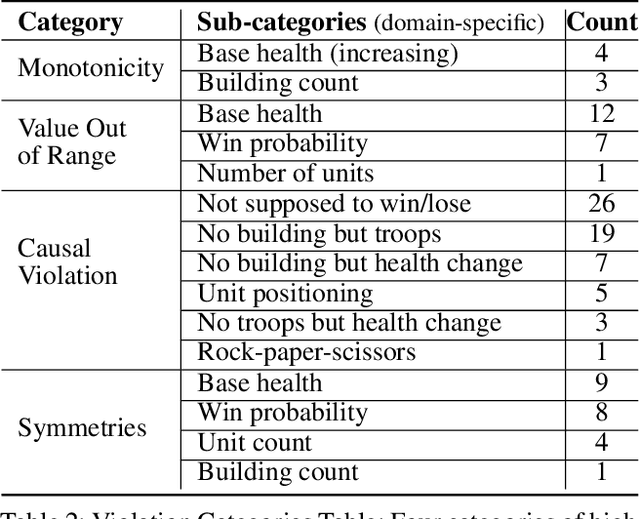
Abstract:Reinforcement learning (RL) agents are commonly evaluated via their expected value over a distribution of test scenarios. Unfortunately, this evaluation approach provides limited evidence for post-deployment generalization beyond the test distribution. In this paper, we address this limitation by extending the recent CheckList testing methodology from natural language processing to planning-based RL. Specifically, we consider testing RL agents that make decisions via online tree search using a learned transition model and value function. The key idea is to improve the assessment of future performance via a CheckList approach for exploring and assessing the agent's inferences during tree search. The approach provides the user with an interface and general query-rule mechanism for identifying potential inference flaws and validating expected inference invariances. We present a user study involving knowledgeable AI researchers using the approach to evaluate an agent trained to play a complex real-time strategy game. The results show the approach is effective in allowing users to identify previously-unknown flaws in the agent's reasoning. In addition, our analysis provides insight into how AI experts use this type of testing approach, which may help improve future instantiations.
Visual Exploration of Large-Scale Image Datasets for Machine Learning with Treemaps
May 14, 2022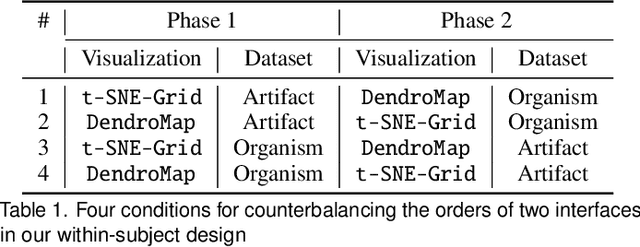

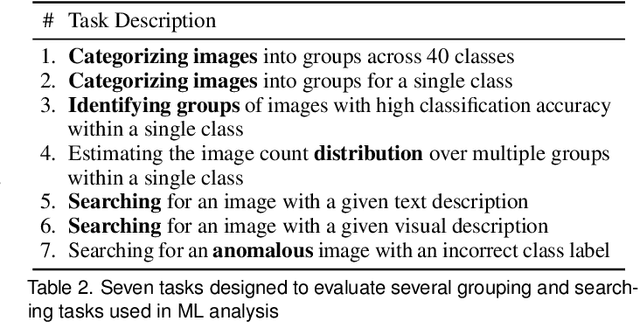

Abstract:In this paper, we present DendroMap, a novel approach to interactively exploring large-scale image datasets for machine learning. Machine learning practitioners often explore image datasets by generating a grid of images or projecting high-dimensional representations of images into 2-D using dimensionality reduction techniques (e.g., t-SNE). However, neither approach effectively scales to large datasets because images are ineffectively organized and interactions are insufficiently supported. To address these challenges, we develop DendroMap by adapting Treemaps, a well-known visualization technique. DendroMap effectively organizes images by extracting hierarchical cluster structures from high-dimensional representations of images. It enables users to make sense of the overall distributions of datasets and interactively zoom into specific areas of interests at multiple levels of abstraction. Our case studies with widely-used image datasets for deep learning demonstrate that users can discover insights about datasets and trained models by examining the diversity of images, identifying underperforming subgroups, and analyzing classification errors. We conducted a user study that evaluates the effectiveness of DendroMap in grouping and searching tasks by comparing it with a gridified version of t-SNE and found that participants preferred DendroMap over the compared method.
 Add to Chrome
Add to Chrome Add to Firefox
Add to Firefox Add to Edge
Add to Edge